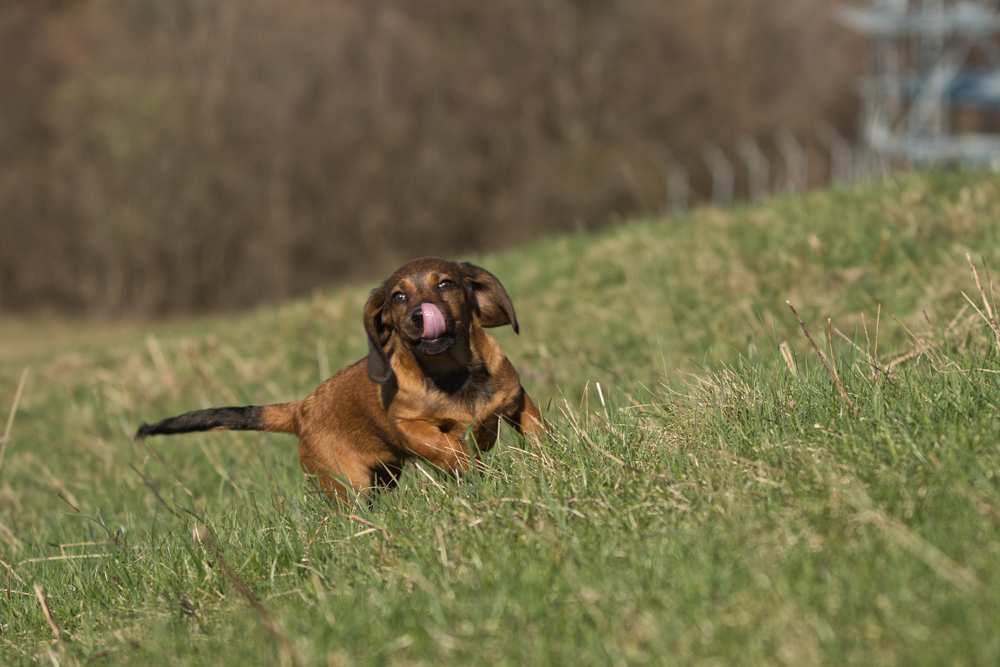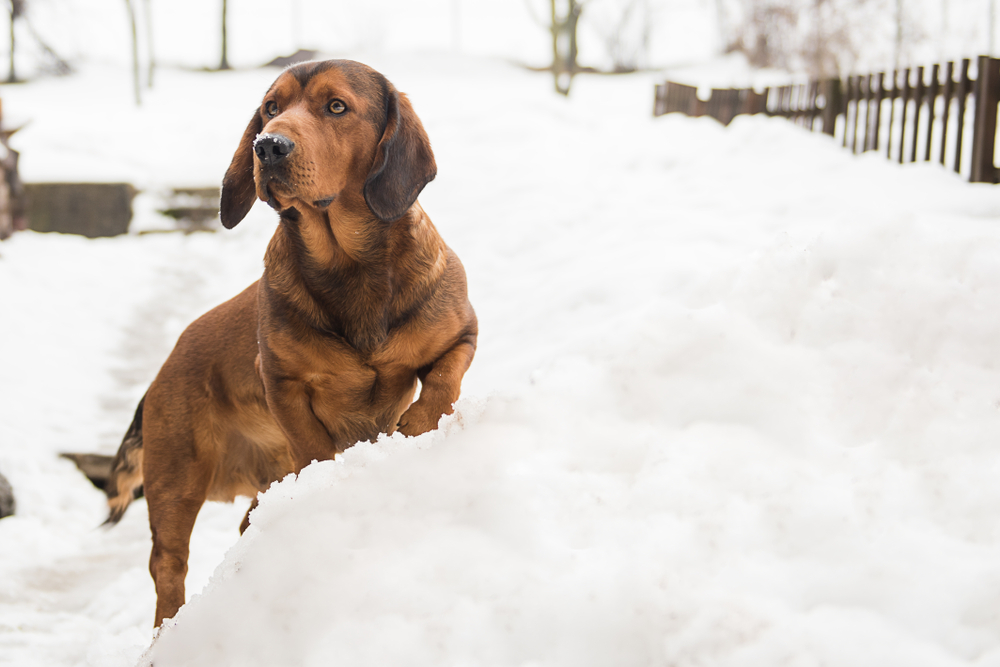Alpine Dachsbracke: A Comprehensive Guide to the Versatile Hound
Welcome to our comprehensive guide on the Alpine Dachsbracke, an incredible and versatile hound breed that has been captivating dog lovers worldwide. In this article, we will delve deep into the history, characteristics, temperament, and care requirements of the Alpine Dachsbracke. Whether you are a potential owner seeking a new companion or simply interested in learning about this fascinating breed, you’ve come to the right place. Let’s dive in!

History and Origin
The Alpine Dachsbracke, also known as the “Alpenländische Dachsbracke,” hails from Austria, where it was specifically bred for its exceptional hunting skills. Developed in the early 20th century, this breed is a result of crossing the larger Austrian scent hounds with the short-legged Dachshund. The breed’s primary purpose was to track and hunt small game, such as hare and fox, in the rugged Alpine terrains. With their keen sense of smell and sturdy build, Alpine Dachsbrackes became highly sought-after for their hunting prowess.

Physical Characteristics and Appearance of Alpine Dachsbracke
Welcome to Category 1—a mysterious realm where ideas run wild, logic takes a backseat, and creativity occasionally gets stuck in traffic. This is where we keep the content that doesn’t quite fit anywhere else but insists on being seen. Think of it as the junk drawer of brilliance, filled with quirky treasures, questionable decisions, and maybe a half-eaten sandwich. Dive in if you dare—just don’t ask us to explain how it all makes sense. Spoiler: It doesn’t, and that’s the point.
Temperament and Personality Traits of Alpine Dachsbracke
Ah, Category 2—the second-best place on the internet (because we’re modest). This section is like a second helping of dessert: you didn’t need it, but here you are. Expect content that’s mildly useful, moderately entertaining, and occasionally makes you question your life choices. We’re not saying this will change your world, but it might just give you something to talk about at awkward family dinners. Proceed with caution, curiosity, and maybe a snack.
Exercise and Activity Requirements for Alpine Dachsbracke
Welcome to Category 3—where we store the oddities, the enigmas, and the “what-were-they-thinking” moments. It’s like a buffet of randomness: a little spicy, a little sweet, and occasionally something that makes you go, “Wait, what is that?” Perfect for the curious, the bored, and those who accidentally clicked here. Enjoy the chaos responsibly. Or don’t. We’re not your parents.
Grooming and Maintenance of the Alpine Dachsbracke Coat
Strap in, folks—Category 4 is where things get weird (in the best way possible). Think of it as the secret level in your favorite video game, but with fewer dragons and more questionable decisions. This is the place where inspiration meets absurdity, and they go out for drinks together. Warning: Side effects may include chuckles, confusion, and a sudden urge to refresh the page just to make sure this is real. Enjoy the ride—you’ve earned it.
Health Issues and Common Ailments in Alpine Dachsbracke
Ah, Category 2—the second-best place on the internet (because we’re modest). This section is like a second helping of dessert: you didn’t need it, but here you are. Expect content that’s mildly useful, moderately entertaining, and occasionally makes you question your life choices. We’re not saying this will change your world, but it might just give you something to talk about at awkward family dinners. Proceed with caution, curiosity, and maybe a snack.
Training and Obedience for Alpine Dachsbracke
Ah, Category 2—the second-best place on the internet (because we’re modest). This section is like a second helping of dessert: you didn’t need it, but here you are. Expect content that’s mildly useful, moderately entertaining, and occasionally makes you question your life choices. We’re not saying this will change your world, but it might just give you something to talk about at awkward family dinners. Proceed with caution, curiosity, and maybe a snack.
Socialization and Interaction with Other Dogs and Pets
Ah, Category 2—the second-best place on the internet (because we’re modest). This section is like a second helping of dessert: you didn’t need it, but here you are. Expect content that’s mildly useful, moderately entertaining, and occasionally makes you question your life choices. We’re not saying this will change your world, but it might just give you something to talk about at awkward family dinners. Proceed with caution, curiosity, and maybe a snack.
Choosing the Right Diet and Nutrition for Alpine Dachsbracke
Welcome to Category 3—where we store the oddities, the enigmas, and the “what-were-they-thinking” moments. It’s like a buffet of randomness: a little spicy, a little sweet, and occasionally something that makes you go, “Wait, what is that?” Perfect for the curious, the bored, and those who accidentally clicked here. Enjoy the chaos responsibly. Or don’t. We’re not your parents.
Reach Us
